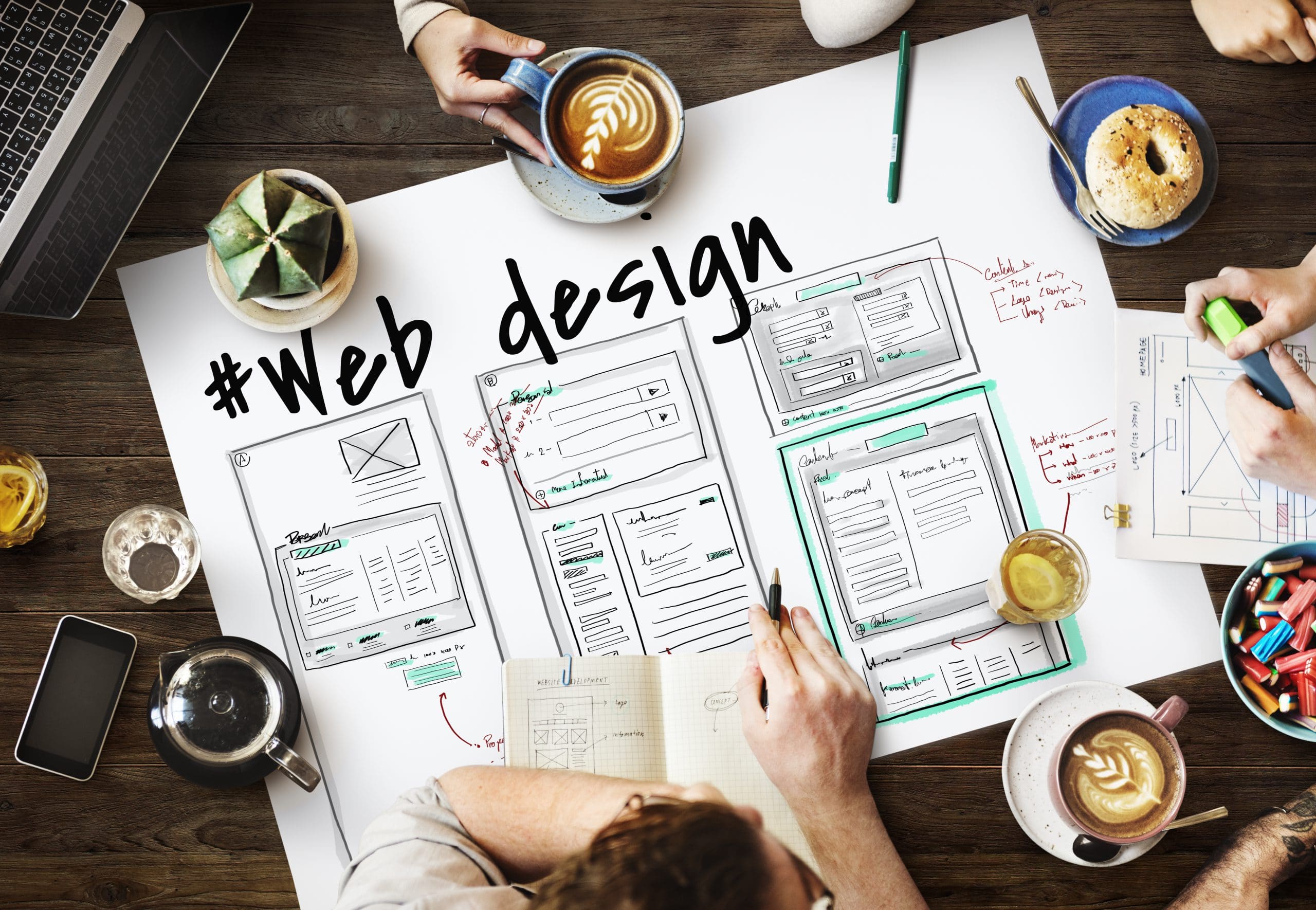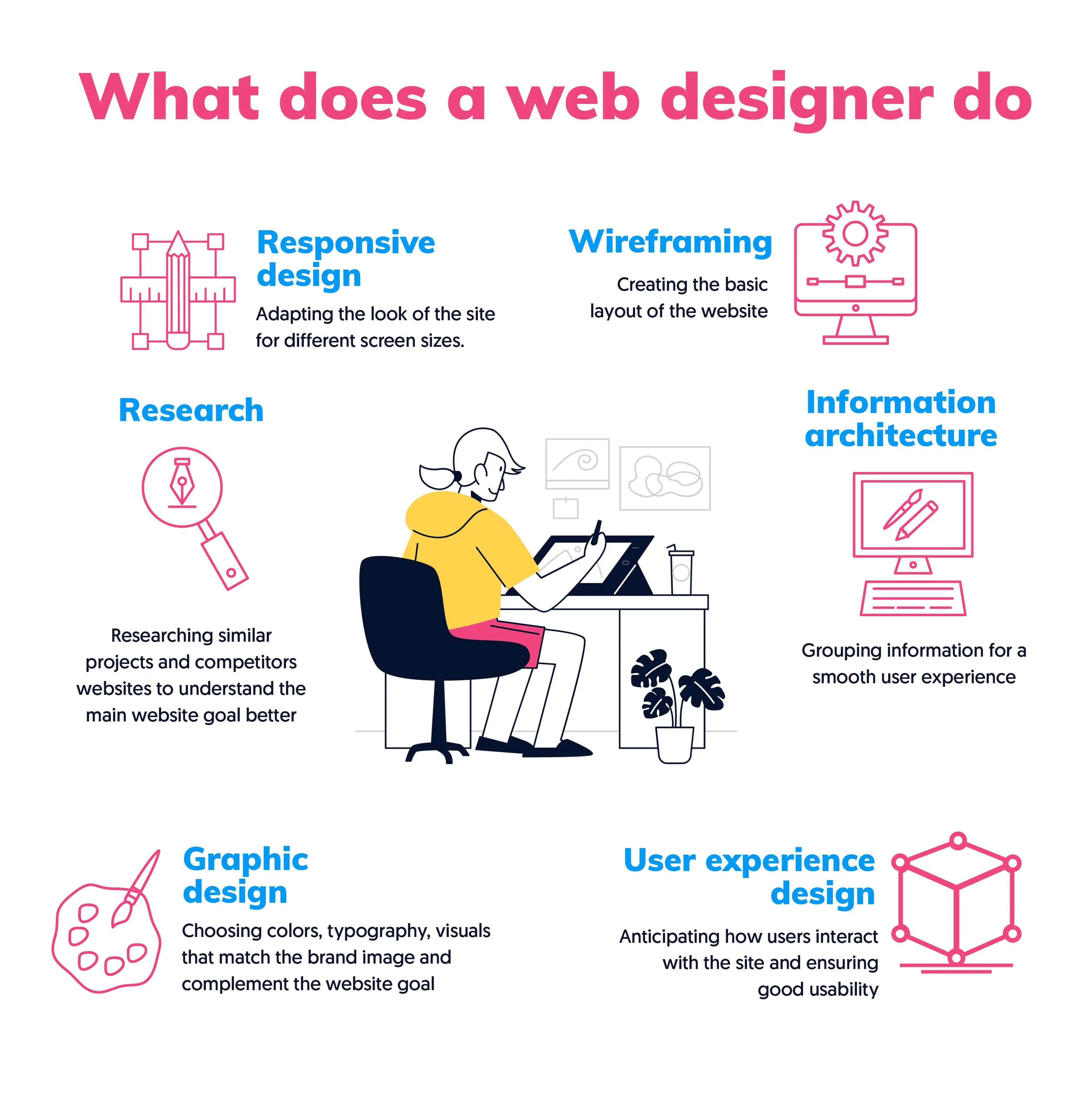Just How to Improve Individual Experience With Strategic Web Layout
In the realm of digital advancement, individual experience (UX) has actually come to be the cornerstone of successful website design. A critical, user-centered strategy, emphasizing aesthetic consistency, instinctive layouts, and receptive design, can considerably boost an internet site's usability and charm. As we check out these principles carefully, the importance of integrating customer comments and the duty of UX in customer retention will certainly additionally be examined, inviting a much deeper understanding of this critical aspect of web style.
Comprehending the Importance of Customer Experience in Web Design
The significance of website design exists not just in appearances, but essentially in the individual experience it supplies. Individual experience, or UX, refers to the general experience an individual has while connecting with a web site or web application, specifically in regards to exactly how comfy and satisfying it is to make use of (Web Design In Guildford). It is a crucial element of website design, as it directly affects the individuals' impressions, actions, and total interaction with the site
A well-designed internet site with a poor customer experience is comparable to a stunning building with an inadequately intended interior; it might look appealing on the surface, but it stops working to serve its intended objective properly. It may discourage customers from remaining on the web site, causing high bounce rates, low individual engagement, and inevitably, failure to attain the site's objectives. This highlights the importance of incorporating individual experience into the internet layout process right from the outset.
Applying User-Centered Style Principles
The application of user-centered design principles starts with understanding user habits. This understanding forms the basis for producing an effective interface style. These 2 essential components, when skillfully integrated, result in an improved user experience on any type of internet site.

Comprehending Customer Actions
Why do users behave the means they do on sites? Customer actions is dictated by a wide variety of variables, chief among them being their particular demands and preferences, prior on-line experiences, and overall web savviness. The layout of the internet site also plays a substantial function. A tidy, instinctive format can direct users to behave in a certain way, such as leading them toward details activities or information. Conversely, a complex or chaotic design can inhibit interaction and bring about high bounce rates. Comprehending user habits involves examining and assessing these fads and patterns. Utilizing this understanding, internet designers can produce much more reliable, easy to use sites that satisfy the requirements of their audience, consequently boosting user experience.
Reliable Interface Design

Leveraging Receptive Layout for Ideal Viewing
Progressing in the discourse, the focus currently moves to the relevance of leveraging receptive style for optimal viewing. This involves checking out the procedure of applying responsive website design and comprehending its influence on customer experience. The taking place discussion intends to illuminate the advantages of optimal watching and just how receptive style promotes it.
Executing Responsive Website Design
Using the power of responsive internet layout is an essential step in the direction of improving customer experience. To implement this effectively, internet designers need to take into you could try these out consideration a variety of factors. The format ought to adapt effortlessly to numerous display sizes, from desktop monitors to smaller mobile phones. This needs a versatile grid-based system, ensuring content resizes efficiently. Pictures ought to likewise be versatile, best site getting used to fit the readily available screen location without distortion. In addition, developers should include media questions, allowing the web site to determine the user's device kind and screen size. These aspects combined create a receptive web style that adapts to the individual's needs. While the process may appear facility, the result is a much more instinctive and easily accessible internet site, considerably boosting the customer experience.
Benefits of Optimum Viewing

Moreover, receptive style can bring about enhanced search engine optimization rankings, as online search engine prefer sites that accommodate multiple gadgets. Finally, it can minimize bounce prices and enhance conversion prices as users are much less most likely to desert sites that are easy to browse. Thus, ideal viewing can substantially improve user experience, making it a key facet of critical web design.
Including Easy Navigating and Intuitive Layouts
Ease and intuition in internet site navigating develop the bedrock of individual contentment. If users struggle to find what they are looking for, they are most likely to abandon the site and look for options.
Simple navigating food selections, breadcrumb tracks, and clickable buttons direct customers through the internet site easily. Consistency in style components across web pages likewise contributes to instinctive navigating. For example, putting the search bar or the shopping cart icon in the very same spot on every page permits customers to find these functions swiftly.
In addition, an user-friendly format is one that anticipates customer demands. It places aspects and details where users anticipate them to be. This reduces the cognitive lots on customers, enhancing their general experience on the website.
The Function of Visual Design in Customer Experience
While the framework and layout of an internet site are substantial for user experience, the visual layout plays an equally crucial role. A chaotic or inconsistent aesthetic style can confuse individuals and lead to a negative individual experience. Internet developers should purposefully make use of visual style aspects to develop a user-friendly and harmonious user interface that improves the overall individual experience.
Case Researches: Successful Individual Experience Style at work
Despite the academic expertise on individual experience layout, it gets actual value when applied in sensible scenarios. Airbnb, a worldwide on-line industry, effectively improved their customer experience by redesigning their web site.
The results were a significant boost in mobile website traffic and user involvement, demonstrating the effectiveness of strategic web style in enhancing customer see it here experience. These case researches show that practical application of customer experience design can yield considerable benefits.
Final thought
To conclude, tactical internet design is an important tool in enhancing user experience. By applying user-centric design principles, leveraging receptive layout, incorporating instinctive navigation and formats, and utilizing the power of aesthetic layout, organizations can create websites that are satisfying and engaging for individuals. Effective internet layout, showcased with numerous successful case research studies, substantially enhances customer engagement and retention rates, confirming its vital function in electronic success.
As we discover these principles in detail, the significance of incorporating user responses and the role of UX in customer retention will certainly also be examined, inviting a much deeper understanding of this critical aspect of web design.
It might discourage customers from remaining on the web site, leading to high bounce prices, low customer interaction, and eventually, failing to attain the web site's objectives. A irregular or cluttered aesthetic layout can perplex customers and lead to an unfavorable user experience. Web designers must strategically make use of aesthetic layout aspects to create a instinctive and unified individual interface that improves the overall user experience. The results were a substantial boost in mobile website traffic and customer engagement, demonstrating the efficiency of critical internet style in enhancing user experience.